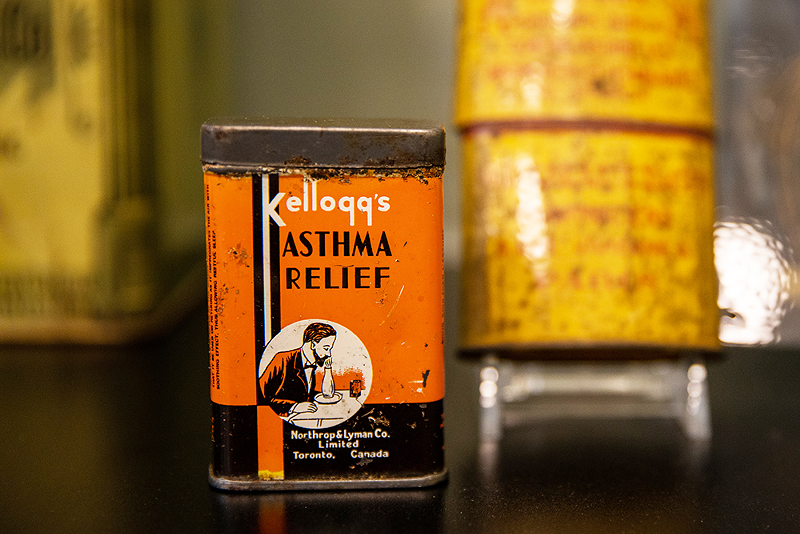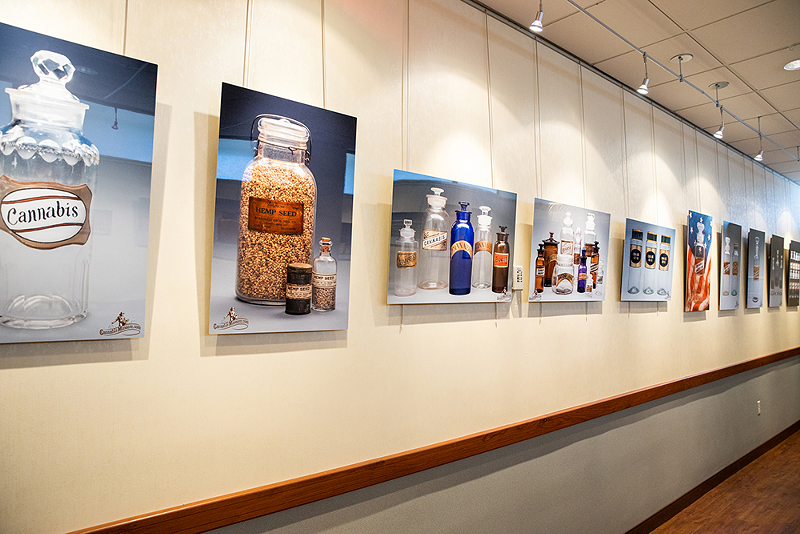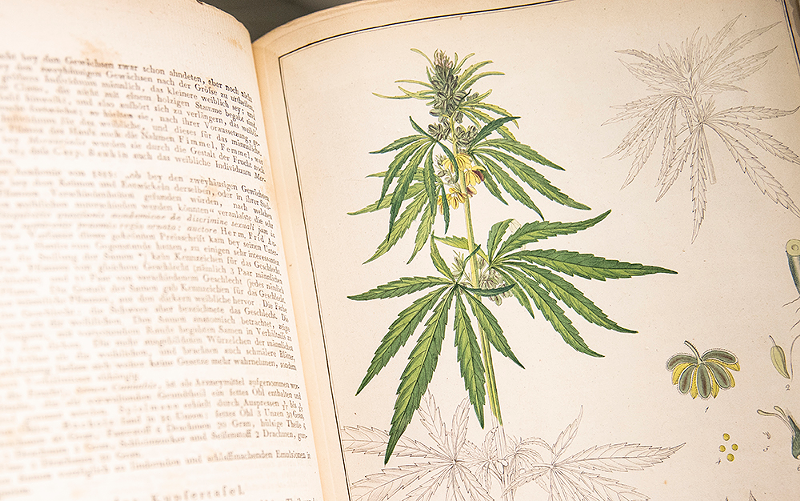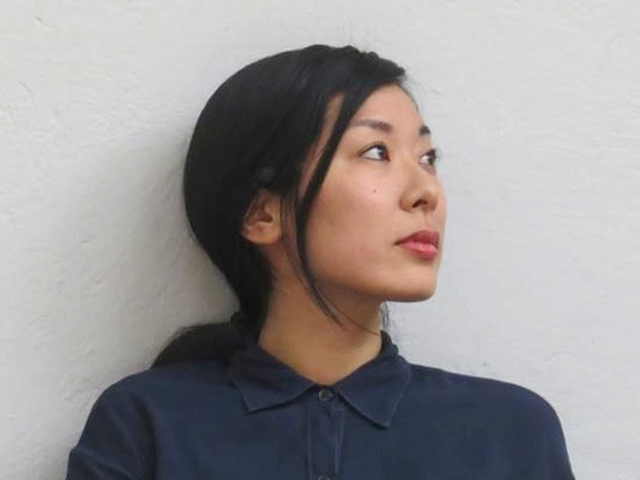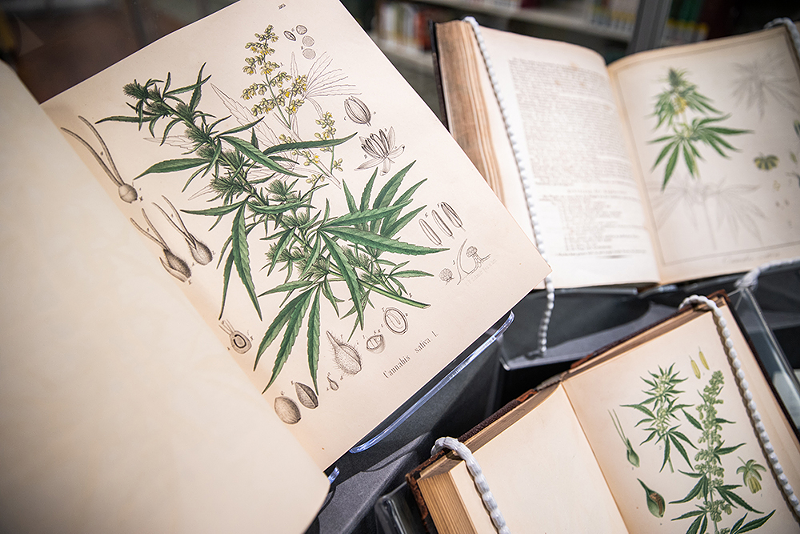
As Erin Campbell walks me through the Lloyd Library and Museum’s current exhibit, she stops at a display case containing botanical illustrations in a book drawn by famed physician Elizabeth Blackwell.
Published in the mid-1700s, Campbell, the reference and technology librarian, points to the intricately drawn plants — seven olive green leaves branch outward and the male and female models lay side-by-side. The latter has buds, which are labeled. The illustration’s subject? Cannabis.
But — despite the time — the plant wasn’t as controversial as one might think. In fact, it was used widely — and legally — until its prohibition in 1937.
That’s the crux of Through the Rx Bottle. In a political and cultural landscape where medical cannabis has been legalized in 33 states and is gaining popularity and support in others, what does history tell us about its use and reputation?
The use of medicinal cannabis dates back as far as 2800 BCE in China under Emperor Shen-Nung’s rule. In a more local and recent scope, the Lloyd’s 16th-century herbals — aka botanical dictionaries — include depictions of it. Prior to its prohibition in 1937, the Lloyd Brothers Pharmacists (the museum’s namesakes) manufactured the botanical drug, among others, right here in the Queen City. It was used to treat an array of symptoms and ailments — many of which proponents for the drug’s legalization cite today.
The story behind Blackwell’s illustrations is an interesting one, Campbell says.
“She would paint these plants and then her husband, who was a physician, would label them and discuss them and discuss their uses,” she says. “So this is more than just a botanical publication.”
Other botanical illustrations — spanning decades — are on display throughout, from botanists like Masclef Claude and Nicolas François Regnault.
But there are other elements at play in the exhibit, too: Medicine bottles and tins line the cases’ shelves, all with varying labels, colors and shapes; a section outlines cannabis’ use in veterinary and women’s medicine; another showcases propaganda — paperback books and posters — against its use. A timeline contextualizes the exhibition.
By 1885, three types of cannabis were available in America: Sativa, Indica and a hybrid of the two known as Americana. The first, which references European strains, was named by Carl Linnaeus — who is known as the father of plant taxonomy — in 1753. Varieties that contained THC, the plant’s psychoactive component, weren’t introduced to the Western world until 1785 via French naturalist Jean-Baptiste Lamarck, who brought it from India (hence its name “Indica”).
Throughout the 1800s, it was used both medically and recreationally, and widely researched and, later on, manufactured. By 1900, Parke-Davis and other companies were selling Cannabis Americana for $1.65 per pound. But with 1906’s Pure Food and Drug Act, things started to get shaky. The legislation mandated that “drugs meet the standards of strength, quality, and purity to protect the public against adulteration of food from products advertised as healthful without scientific support,” according to the Lloyd’s timeline.
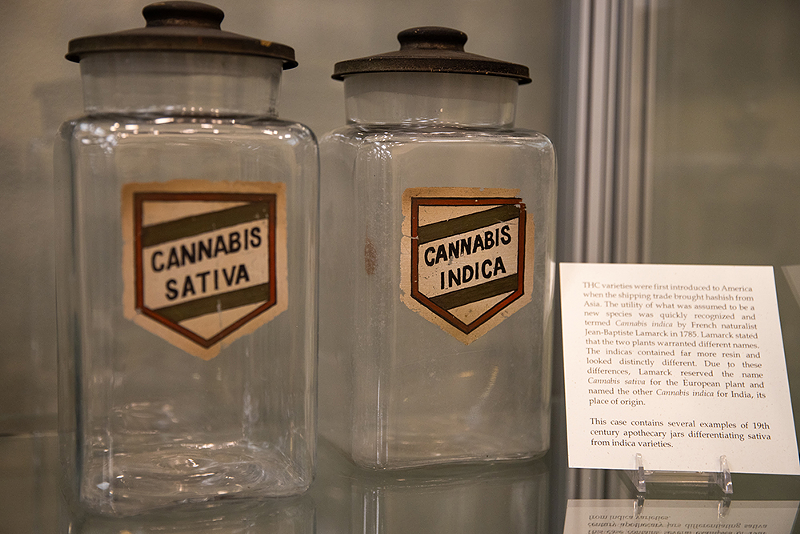
“It was passed with opposition from the American Medical Association and the American Nurses Association,” says Patricia Van Skaik, Lloyd Library’s executive director. “So people are really surprised — I was really surprised. I think that's a big takeaway from this: (medicinal marijuana) isn’t something that's just making an appearance right now. It has a long history by what we consider to be the respected establishment and it wasn’t just something that was used by herbal practitioners.”
That story — the history of cannabis — is told largely through the exhibition’s bottle collection and the accompanying illustrations, among other items.
All of the bottles were contributed by the Cannabis Museum of Athens, Ohio, with which the Lloyd Library partnered. Van Skaik says the partnership first came together last summer when the members of the Cannabis Museum staff visited one of the library’s previous exhibitions.
With talk both locally and nationally about marijuana legalization — and the popularity of CBD, a nonpsychoactive cannabinoid compound — Van Skaik says it also just felt like the perfect time to bring Through the Rx Bottle to the Lloyd.
Van Skaik notes that the museum felt like a “natural place” for that conversation to unfold. Combined with the illustrations and the Cannabis Museum’s artifacts, she says that they were able to bring the story forward in a compelling, visual way.
“But at the same time, we're getting a surplus of people wanting to do research about (medical cannabis),” librarian Campbell says. “So we knew it was abuzz because more people were coming in and wanting to read various things. Specifically old medical texts, because that's when it was really being used regularly for 10-plus years or more. That information was probably more useful than the limited information that’s modern.”
Throughout the exhibit's run (it closes August 23) multiple presenters are slated, as well as a day-long symposium on May 11. The latter event features multiple speakers covering an array of related topics. Theresa Culley, a professor and the head of the biological sciences department at the University of Cincinnati, is one of them. She'll discuss marijuana's use by indigenous people in the Americas, where it was a "critical component of their religious, cultural and medicinal practices," according to a press release. Later, Dr. Jonathan Cachat will lead a discussion on Ohio's Medical Marijuana Control Program as well as Hocking College's cannabis lab technician associate degree. After a tour of the exhibition, Elizabeth Crow will close the day with a presentation on women's historical use of cannabis in relation to obstetrical and gynecological issues — specifically in regard to pain management.
Other speakers — apart from the symposium — include Pastor Damon Lynch, III (July 18), who will lend a social justice perspective by discussing the importance of involving all community members in Ohio’s medical marijuana programs. Tearea Roland, a local nurse practitioner and an expert on cannabis and the elderly, will focus on Alzheimer's disease and other neurodegenerative diseases on Aug. 1.“As wonderful as our collections are — and you really can get lost in them — when they really have value is when they intersect with things that people want to know and things people are talking about,” Van Skaik says. “We just thought this was a perfect time (for the exhibit) because people are really at a point where they're trying to understand this.”
Through the Rx Bottle runs through Aug. 23 at the Lloyd Library and Museum (917 Plum St., Downtown, lloydlibrary.org).

